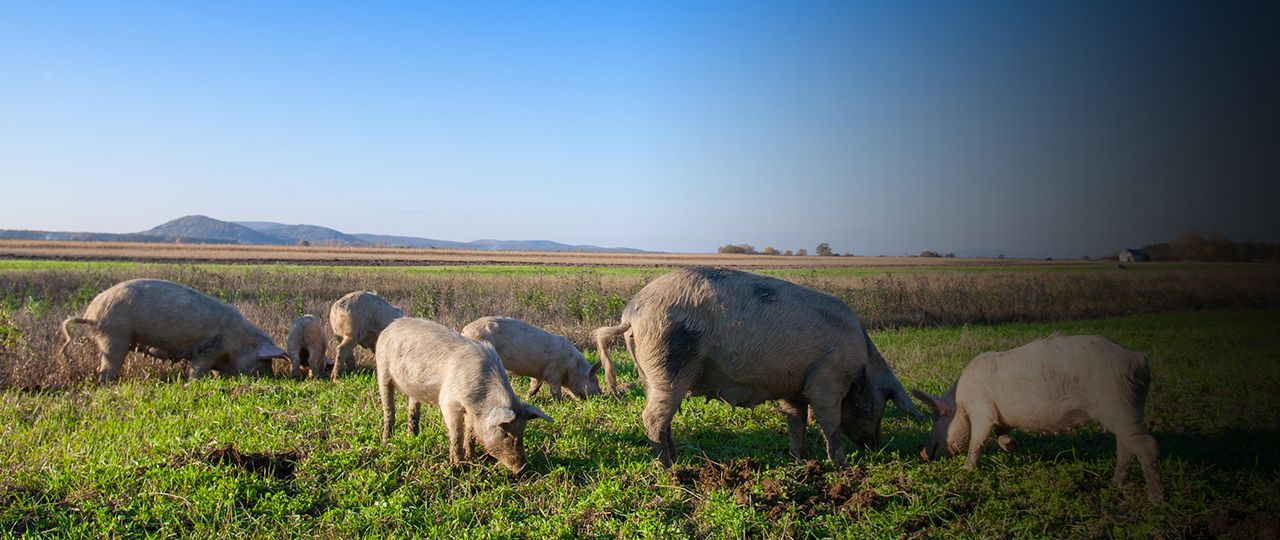
Jason Beedell
Director, Research


Director, Research
Download the full update as a PDF
Government changes its position to support a total ban on neonicotinoids across Europe
This decision, which reverses its original opposition, follows the assessment of more data by the UK’s Expert Committee on Pesticides. The EU banned the chemical’s use on flowering crops in 2013, despite UK opposition, and is voting on a ban on all uses (apart from in greenhouses) in December, which is expected to be passed with the UK’s support. While Michael Gove accepted that there is still uncertainty in the science, he said that “it is increasingly pointing in one direction”. Key points from the ECP’s assessment are:
No agreement on glyphosate renewal – appeal committee will decide by end of November
The vote on re-authorising the chemical for five years did not produce a qualified majority, which requires 55% of Member States representing 65% of the population to approve a decision. Germany’s abstention was critical and France also voted against. The process is now referred to an appeals committee, although there may be an amendment to the proposed re-authorisation, such as a three year period which could be backed by France, Germany and Italy, in order to get a decision.
Future British policy: Gove warns on destroying our soils
Michael Gove has been busy – he has also said that intensive farming methods, heavy machinery and too many chemicals are leading to ‘the fundamental eradication of soil fertility’. Separately, EU Farm Ministers also recognise that many soils in Europe are not in good condition and that more action needs to be taken to achieve the United Nations’ Sustainable Development Goal of achieving no land degradation globally. In Europe, the solutions being discussed are farmers using the best possible information to make decisions that cut costs and increase productivity. It is also interesting to see the strong link between farm policy and social support that some political groups are making in Europe (notably the Socialist and Democrat political group), while the UK appears to be moving in precisely the opposite direction. Many of the UK’s top agricultural economists say that farm policy is not an efficient way of delivering social policies.
Agronomy update
Most wheat crops drilled before mid-October have reached leaf 2/3 and have had their post-emergence herbicide application. Many will now just require some manganese to see them through until spring. Sugar beet on heavy land has been lifted with very good yields reported; the decision now is whether to drill winter wheat or wait for a spring crop; the soil is now turning wet and cold, rather than warm and moist, so waiting for the spring may well be best. Please contact Jock Willmott or Jonnie Dennis to discuss agronomy, pesticides and soil management.
Whitening coating can cut farm smells and possibly greenhouse gas emissions
Bad smells from pig farms, and possibly other odour emitting sites, could be reduced by coating the inside of buildings with titanium dioxide, which is a common whitener found in toothpastes and bread. The coating appears to break up the smelly gases into smaller particles that do not smell as much. The researchers at Iowa State University found the compound cut smells by 16% on one Iowa pig farm; it also cut nitrous oxide emissions, a greenhouse gas, by 9% although the reasons why are unclear.
CBI warns that business needs certainty
The lobby group for business has said that uncertainty over post-Brexit trade agreements was business’s second biggest concern, after the economic outlook, holding back investment. It has called for a clearer industrial strategy to encourage businesses to invest, which is expected to increase productivity. We will keep a close eye on this as support for farming and rural businesses is likely to be through standard policies (called mainstreaming), not specific policies for rural areas as we have had in the past.
National Housing Federation makes case that affordable housing supports rural services
The National Housing Federation, which promotes the work of housing associations in England, has published some interesting statistics on life, housing and services in rural England - key figures are below. The NHF report includes case studies to show that creating affordable housing supports these services:
Labour focuses on boosting affordable housing by amending viability assessments
The Labour Party made proposals to prevent developers “dodging their obligations” to provide affordable housing by negotiating down the numbers by claiming that it is unviable to do so. 32,630 affordable houses were built in 2015-16, the lowest number for 24 years, and around 50% lower than in 2010-11, before viability assessments were introduced in 2012. Housing charity Shelter claims that the assessments allow developers to pay higher land prices, knowing that they can negotiate down community benefits. The Government has acknowledged that the viability assessment process is not working.
Consultation on National Policy Statement on Water Resources
By the 2050s England is expected to face a water deficit of 8-22% of total water demand, due to population and economic growth, and climate change. To make sure that new reservoirs and water transfer stations are in the right place, Defra is developing a National Policy Statement on Water Resources (NPS). It will set out the national evidence base and streamline the process for gaining planning consents for reservoirs and water transfer stations. This NPS will apply to projects defined as ‘nationally significant infrastructure projects’ in the Planning Act 2008.
Housing market continues to weaken in the south-easterly half of the UK - RICS
Demand for housing, supply of houses for sale and the number of houses selling has weakened nationally, according to the RICS. House prices are flat across the UK although this hides a significant split, with prices falling in the south-easterly half of the country and rising in the north-westerly half. The greatest pressure appears to be on houses valued at over £500,000. In the near term, prices are expected to continue to fall but then start rising so they are higher than now in a year’s time. For lettings, rents are expected to rise by an average of around 3.5% per annum over the next five years – higher than expectations of house price growth of 1% a year.